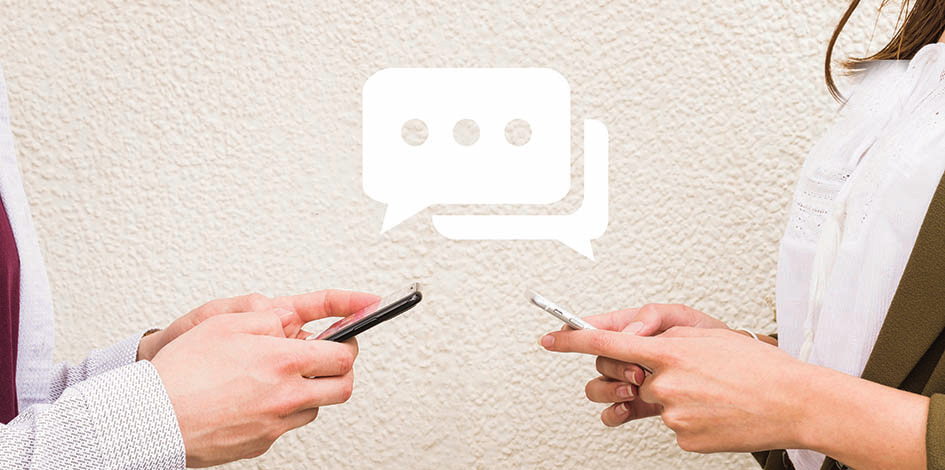Text Messages For Mobile Phones
Text messages for mobile phones were introduced in January 1999. It was called Short Message Service (SMS). Nobody knew it was going to be a great success, but in a very short time it became popular around the world. There are many reasons for that. First of all, it was cheap, fast, short and fun.
People are sending nearly one billion text messages in one day. It’s good for companies because they send information and adverts to customers twentyfour hours a day. But people use SMS for personal messages too. They also use it to chat.
Mostly young people and teenagers prefer sending messages. Nearly 75% of thirteen to seventeen-yearolds have got a mobile phone or use their parents’ mobiles. Text messages are exciting for them because they are like a silent code. It is safe because teachers or parents can’t always see those messages.
‘I sometimes send fifty messages a day,’ says teenager Tina Sutton. ‘But not in class, honestly,’ she quickly adds. Marco Miranda says, ‘I prefer sending messages because I sometimes get too shy to ask it aloud.’ For shy people, text messages are a great way to start a conversation.
Text messages are short combinations of words, numbers and symbols. Messages often use coded symbols as words. For example, the number 4 means ‘for’, and the letter R means ‘are’. In some schools and universities, however, teachers are worried that SMS will have a negative effect on young people. Some experts think that this text language is dangerous because it is not ‘correct’ English. Jean Aitchison from Oxford University disagrees. She explains, ‘Over the past twenty years, language has changed very fast because of the way people use it with new technology, but this doesn’t destroy the existing language; it adds to it.’ It’s not clear who is correct, but one thing is certain – people are not going to stop sending messages on their mobiles.

